Chemists who discovered a new technique for measuring complex reactive processes at the interface of liquids, solids and gases have received the 2023 Michigan Technological University Bhakta Rath Award.
The accomplishments of Assistant Professor Kathryn Perrine and her mentee, research assistant Chathura de Alwis, resulted in new insights into the chemical mechanisms of oxidation-reduction — or redox — reactions on iron and other earth-abundant metals and materials. The findings are important to current and future industries and energy applications.
The Perrine Research Group uses surface analysis instruments, including polarized modulated-infrared reflection-absorption spectroscopy (PM-IRRAS), to measure surface chemistry, uncovering physical and chemical phenomena that addresses global challenges in energy and environmental science. The multidisciplinary group, which has uncovered fundamentals that address corrosion, water quality, carbon capture and other critical challenges, includes researchers from the fields of chemistry, materials science, physics and engineering.
About the Researcher
The recipient of a spring 2022 doctoral finishing fellowship and the 2021 Robert and Kathleen Lane Research Fellowship, de Alwis completed his master’s and doctorate in physical chemistry at Michigan Tech. He received his Ph.D. in Surface Science and Physical Chemistry in 2022 and is currently an LTD etch module engineer at Intel Corporation.
Research Praised for Applications Across Disciplines and Industries
Perrine and de Alwis were nominated for the award by leading scientists who emphasized the widespread applications of the duo’s work, the precision and potential of their measurement method and their detailed documentation and excellence in research.
“The work offers a new understanding of iron corrosion, which is important in many industries and energy applications,” wrote nominator Ashley R. Head, associate scientist in the Center for Functional Nanomaterials at Brookhaven National Laboratory, in her letter of support. “Their technique to study interfaces offers a higher degree of control of the liquid thickness and allows chemistry in air to better mimic chemical processes in real-world applications."
"The concept is elegantly simple, yet powerful in the potential to be applied to a range of unknown chemical systems including corrosion, catalysis, atmospheric science, geochemistry, electrochemical cells and batteries."
In another letter of support, nominator Hendrik Bluhm, group leader of the Fritz-Haber Institute Department of Inorganic Chemistry in Berlin, Germany, said the measurement method will be adopted by surface science and spectroscopy groups around the globe.
"The technique opens new avenues for observing surface chemistry at complex interfaces, not only in atmospheric corrosion and rock weathering, but also other disciplines with direct societal impact."
Nominator Petra Reinke, a professor in the University of Virginia Department of Materials Science and Engineering, noted in her nomination letter that the complexity of studying and interpreting surface reactions cannot be understated and applauded the duo’s systematic approach, productivity and academic excellence as demonstrated in numerous papers and presentations that track their steady progress and achievements.
"This work shows innovation, and is highly relevant to understanding environmental processes."
In this Michigan Tech News Q&A, Perrine and de Alwis reflect on their findings and their work together.
Q: What is your research about?
KP: We investigate surface chemical reactions leading to iron corrosion and carbon capture, through mineral formation, at the air-liquid-solid interface. We use a method that we developed to uncover key mechanistic questions of pipeline corrosion, water quality and atmospheric processes, as well as surface catalytic reactions in complex interfaces.
CA: The liquid cell-based PM-IRRAS method was developed to simultaneously observe complex chemical reactions that are occurring at the air-liquid-solid interfaces under ambient conditions. A vast array of reactions can be investigated using this new method, such as interfacial metal corrosion, mineral formation, and adsorption of molecules dissolved in liquid phases, mono/poly layer adsorptions and adsorption of gas molecules at interfaces under varying chemical environments. This method also helps to qualitatively and quantitatively study the composition of chemical products that are formed at the interfaces of air-liquid-solid interfaces and study their kinetics.
Q: What are some of the applications of your research?
KP: My current group is working on understanding the mechanisms of pipeline corrosion from the interaction with water disinfectants, which affects our water distribution infrastructure. We are also working on measuring the mechanisms of carbon capture at liquid-solid interfaces. These are important for addressing the effects of climate change.
CA: The method can be used to study any complex reaction that occurs at the gas-liquid-solid interface under ambient conditions. The reaction could be mono/poly layer adsorptions, redox reactions, inorganic/organic reactions, mineral formations, and adsorption of atmospheric or controlled environmental gases at gas-liquid-solid interfaces. Understanding fundamental chemistry at such interfaces influences to broaden our understanding on chemistry of macroscopic systems, such as metal corrosion, mineral formation and behavior of water contaminants.
Q: You arrived at an important realization that moved your research forward during a demonstration at a Water Festival for Environmental Science Outreach. Tell me more about that moment of realization.
KP: Our group developed and delivered simple corrosion experiments as part of the grades K-12 Environmental Science Outreach program, with help from Joan Schumaker-Chadde. During an outreach demo, I left a sample of iron dipped in diluted vinegar and salt solution to show students corrosion. There my research students and I presented a demo about corrosion of copper, zinc, and steel as a model for water pipelines, which can help students understand water quality and the impacts of the Flint water crisis. At the end of the demo, the iron sample had formed a red colored rust strip at the interface of the air and the solution. At that moment, I realized that the interface region had some interesting chemistry. The ring color left behind was measured using PM-IRRAS, a reflective surface analysis technique, which led to the idea that an ultra-thin liquid layer was needed to see the solid surface changes. I rushed back to the lab after the demonstration and tested the reflection with a laser pointer. We later reproduced the result in the lab with a stable setup, enabling us to observe iron surface oxidation in real time.
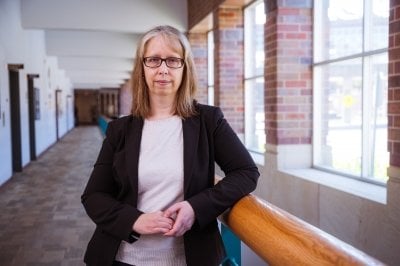
Q: What were some of the existing tools you worked with — and what tools needed to be invented?
KP: PM-IRRAS, a vibrational spectroscopy technique, has been known since the 1990s and used to detect liquid/solid and gas/solid interfaces. Other related techniques had limitations. We wanted to be able to detect both interfaces simultaneously. To test if we could see through a liquid layer to a chemical reaction, we first needed to establish the method by using a well-known chemical reaction as a proof of concept. Later, once we could reproduce the result, we needed a model to correlate the signals with the liquid layer thickness, where. Dr. Timothy Leftwich, (research assistant professor) of the Department of Materials Science and Engineering, was able to help out by developing a model.
CA: Traditional PM-IRRAS has been used for a few decades as a surface-sensitive infrared spectroscopic technique to detect surface adsorption/desorption reactions occurring on reflective surfaces such as Au metal (gold). In our study, we have modified and developed this PM-IRRAS technique with a custom-built liquid cell so that we can detect gas-liquid-solid interfaces simultaneously and monitor the complex chemical reactions occurring under ambient or controlled environments.
Q: What were the biggest challenges and how did you meet them?
KP: We knew we could observe spontaneous oxidation of iron in ionic solutions; however, we needed a proof of concept to show that we were observing a true monolayer on the surface through a liquid. We turned to the traditional surface science experiment of self-assembled monolayer adsorption of an alkanethiol on gold. This forms a uniform monolayer through adsorption, without the surface changing in solution, i.e., gold is a noble metal and does not oxidize in air.
CA: Apart from using monolayer adsorption, I think the other most challenging part was interpreting data that we collected. When the chemical reactions are occurring under ambient conditions, the influence of the reactive atmospheric components such as oxygen gas and carbon dioxide are unavoidable. This increases the complexity and composition of the films formed at the interface over time. Sometimes we had to change the chemical environment to investigate the optimum conditions for running chemical reactions and still observing them in real time.
About the Award
The Bhakta Rath Award, founded in 2010, is presented to a graduating Michigan Tech Ph.D. student and faculty advisor “who have done something valuable for American industry and society,” encouraging faculty and doctoral students to conduct research that meets the nation’s needs and the challenges of emerging technologies.
Q: This award is a team effort. Tell me more about your collaborators.
KP: One of the things we wanted to know was how thick the liquid (ethanol) layer was on gold, i.e., how thick could the liquid film be before the light refracted and we lost signal. Dr. Leftwich came up with a model for estimating the liquid layer thickness, based on our experimental measurements and the laws of physics of light reflection and absorption through three phases (air, solution, solid). We estimated that the upper limit of the liquid layer thickness is about 10-12 nanometers. Although the infrared light probes much deeper (a few micrometers), there is a limit to the liquid layer thickness before signal is lost (refracted away from the detector). For the films we grow on iron, the other students in my group, Dr. Mikhail Trought, Julia Lundeen and Kayleigh Wahr, helped corroborate the results through atomic force microscopy measurements. As part of our work with Michigan Tech’s Applied Chemical and Morphological Analysis Laboratory (ACMAL), Dr. Leftwich also collected X-ray photoelectron spectroscopy (XPS) data on our samples. Natural mineral specimens, loaned to us by Tech’s A. E. Seaman Mineral Museum, were used to help identify the films we grow on our samples.
"Their new method is the only technique I am aware of that can collect surface-sensitive experimental data at the gas-liquid-solid interface at ambient conditions."
Q: What was it like to work with each other? What did you learn from each other?
KP: Chathura is detail oriented when running experiments. His work is reproducible and consistent. I worked alongside him in the lab during the early development of the method. He was very dedicated to running multiple experiments to ensure the data was reproducible. We bounced ideas off each other. Chathura was also key in finding literature that helped with identification of the mineral films that were grown from iron oxidation and carbon dioxide adsorption. It was working together to solve a puzzle.
CA: I was guided and mentored by Dr. Perrine throughout my graduate student life. I did not have a solid background in surface science when I joined the Perrine Research Group. She helped me understand both the theoretical concepts and practical applications of surface science and gain hands-on experience on related instruments. Dr. Perrine is a very committed professor and researcher with many innovative ideas. I appreciated her attention to the accuracy and the quality of the research data that we produced in the laboratory.
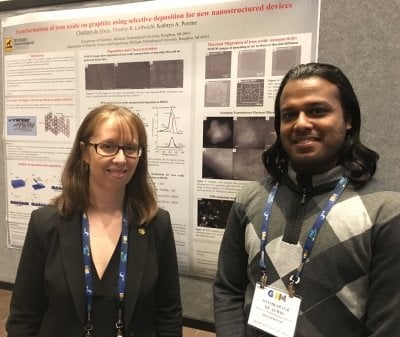
Q: Why do you care about your research?
KP: Having the capability to detect two interfaces of three phases simultaneously is amazing! I was originally excited by the field of surface science as an undergraduate student when I found that it was possible to image single atoms on an ordered crystal surface. I further learned in graduate school that surface functional groups could be used to tailor nanoparticle and direct film growth, using spectroscopy and microscopy as powerful “glasses” to “see” chemistry on the atomic level.
These newly established surface science techniques enable us to detect chemistry in complex systems that haven’t been accessible before. Specifically, the adsorption of carbon dioxide and oxygen gas at the air-liquid-iron interface suggests complex chemistry that can be used to understand mechanisms for carbon dioxide capture and sequestration, which addresses important challenges in greenhouse gas mitigation. The findings can also explain principles behind electrochemical transformations and insights into other technologies.
CA: Research work contributes to new innovations. As scientists, it is our responsibility to create and bring new innovations and technology to the world and drive science toward the well-being of humankind and creating a sustainable future. For that, understanding the fundamental chemical reactions occurring in nature is vital. The method we have developed helps to monitor real-time complex chemical reactions occurring at two interfaces (gas-liquid and liquid-solid) simultaneously. I believe that this developed PM-IRRAS method will have many applications in the future for understanding environmental chemical reactions.
Who is Bhakta Rath?
The Naval Research Lab named a room after him. The more than 750 team members he led include Nobel laureates. He’s received three honorary doctorates. And it all started at Michigan Tech. Learn more about Bhakta Rath’s personal and professional story.
Q: What’s next for you in your research endeavors?
KP: We are working to expand our capabilities to measure surface chemical reactions that affect environmental and earth processes and water quality, as well as drive surface catalysis and other emerging technologies.
CA: I am now working as an etch module engineer for Intel Corporation. I enjoy my current job because it involves a lot of problem-solving and working with advanced instruments. There are a lot of learning opportunities and I enjoy contributing to development and manufacturing of cutting-edge technology.
Q: Anything else you’d like to share?
KP: I was fortunate for Chathura to join my group and find excitement in our research. I’m also grateful to work with dedicated students who help support our projects. Also, I want to acknowledge the machinists whose efforts bring our designs to life and the colleagues whose support allowed us get our research off the ground in the early years — in particular those in the College of Sciences and Arts, including the Department of Chemistry, the Department of Materials Science and Engineering, and ACMAL.
CA: I would like to thank my Ph.D. advisor and mentor Dr. Perrine for her continuous guidance and support throughout my career as a graduate student. Also, I’d to respectively acknowledge other members of the Perrine Research Group, including Dr. Leftwich and Dr. Mikhail Trought, for their invaluable support extended on numerous occasions for carrying out my research work. Finally, I would like to thank the Department of Chemistry and Michigan Tech for providing the fellowships, assistantships and technological support that I received throughout my research work as a graduate student.
Michigan Technological University is an R1 public research university founded in 1885 in Houghton, and is home to nearly 7,500 students from more than 60 countries around the world. Consistently ranked among the best universities in the country for return on investment, Michigan's flagship technological university offers more than 185 undergraduate and graduate degree programs in science and technology, engineering, computing, forestry, business, health professions, humanities, mathematics, social sciences, and the arts. The rural campus is situated just miles from Lake Superior in Michigan's Upper Peninsula, offering year-round opportunities for outdoor adventure.
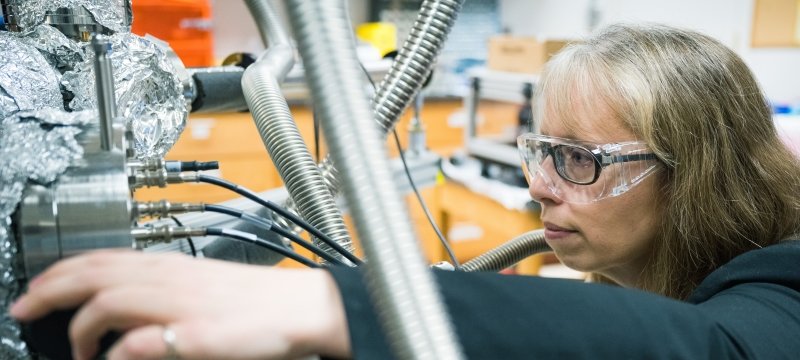
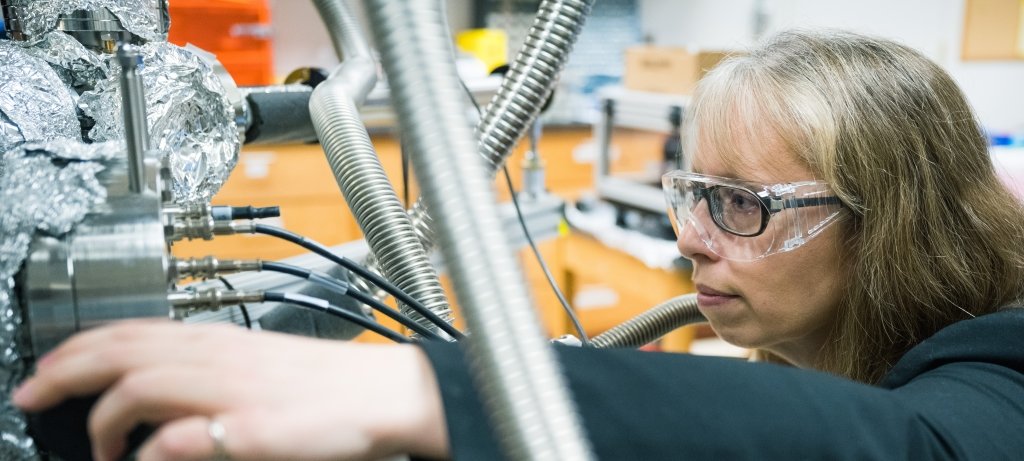
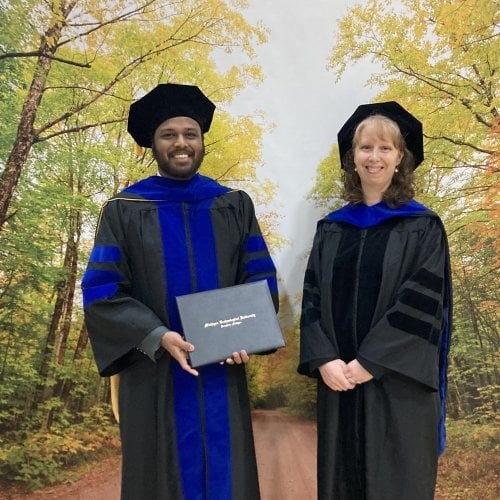
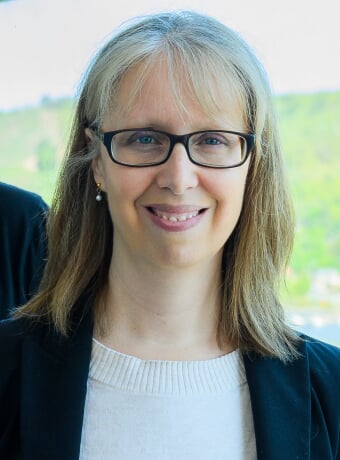

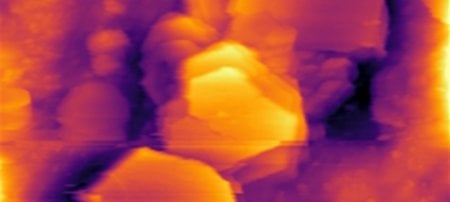
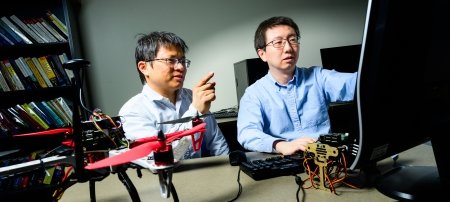

Comments